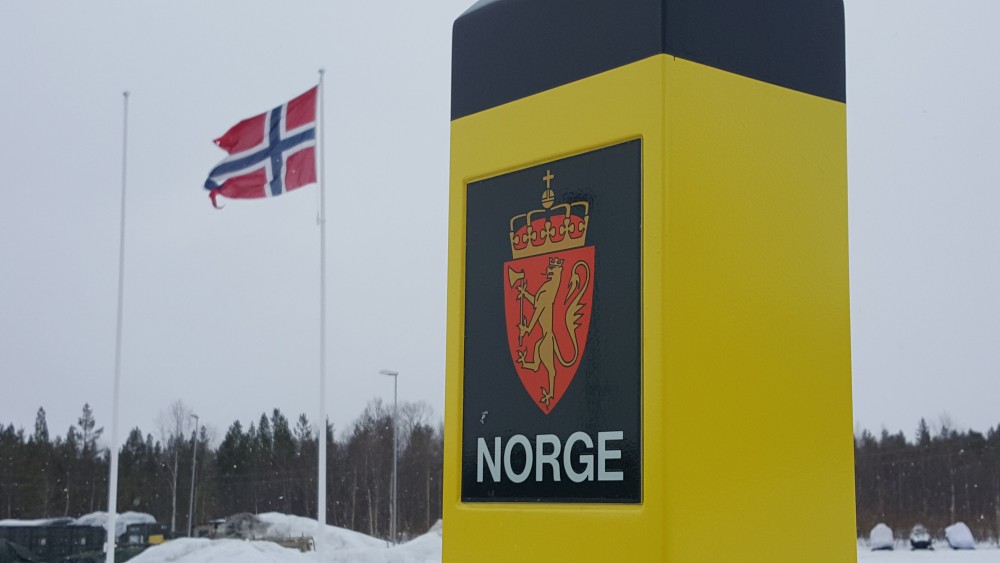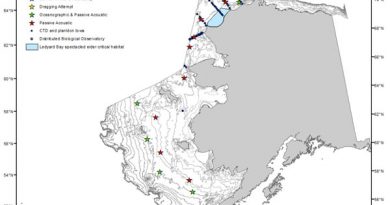Traces of radioactive iodine detected near Norway-Russia border

The findings are not necessary connected with the recent accident at the nuclear weapons test site in northern Russia, Norwegian radiation control authorities makes clear.
The measurement made in Svanhovd, an environmental center located near Norway’s border to Russia, shows “very small amounts of radioactive iodine”, the Norwegian Radiation Control Authority informs.
The findings do not pose any threat to humans or the environment, the control authority underlines.
Source unknown
The measurement was made in the period 9-12th August, the days following the accident in Nyonoksa, the weapons testing site near Arkhangelsk in northern Russia.
The blast resulted in a 16 times hike in radiation levels in the nearby city of Severodvinsk.
The Norwegian radiation control authorities do not however want to link the measurements in Svanhovd with the incident Nyonoksa.
“At the current moment, it is not possible to determine whether or not the latest measurement is connected with the accident in Arkhangelsk last week,” the Norwegian radiation experts say.
Bredo Møller, a local representative of the Radiation Control Authority, says to the Barents Observer that there were winds from the North on the 8-9th of August.
Reportedly, there were also made minor discoveries of radioactive iodine in measurement stations located along the southern coast of the Kola Peninsula.
Nothing new in Finland
In Finland, however, there has been made no findings. According to STYK, the Finnish Radiation and Nuclear Safety Authority, recent samples show no deficiencies from normal values.
The Authority has made analysis of air particle samples collected in Kuopio, Imatra, Kotka and Helsinki during the last couple of days. There have been no air currents from the accident area to Finland, a press release informs.
Five representatives of nuclear power company Rosatom, and two people from the Russian Armed Forces, reportedly lost their lives while working with technical support of the isotope power source in a liquid propulsion system.
Photos and videos published after the blast showed emergency personnel wearing protection suits bringing injured persons from a helicopter to waiting ambulances. Later, a video showing a convoy of ambulances wrapped in plastic on the inside appeared on twitter, as previously reported by the Barents Observer.
It remains not clear why and how a radioactive source are used in a missile rocket and why Rosatom staff participated in the testing.
Related stories from around the North:
Finland: “Nothing taboo” in upcoming talks with Russia’s Putin, Finnish President Niinistö says, Yle News
Norway: Was a nuclear-able Soviet sub near Norway’s coasts during a deadly 1984 fire?, The Independent Barents Observer
Russia: Weapons tests involving radiation near populated areas are ‘dangerous’, Russian expert warns, The Independent Barents Observer
Sweden: Sweden wants to rebuild its “total defence” system, Radio Sweden
United States: Russia’s floating nuclear power plant worries Alaskans, Alaska Public Media



